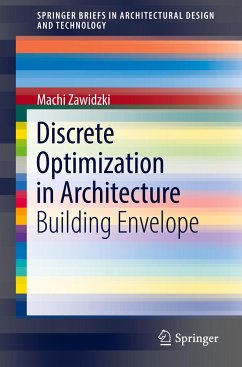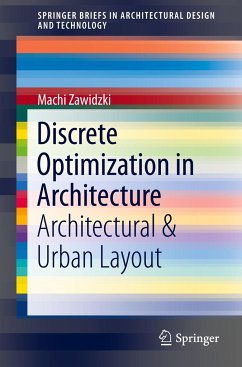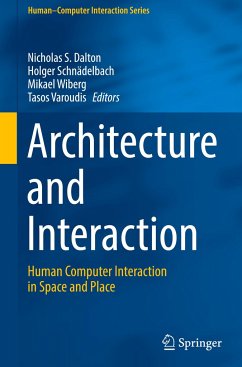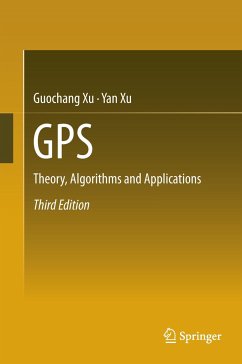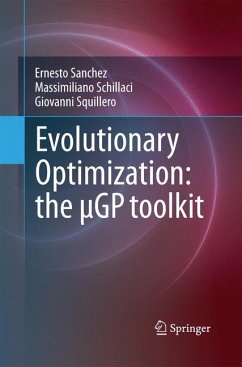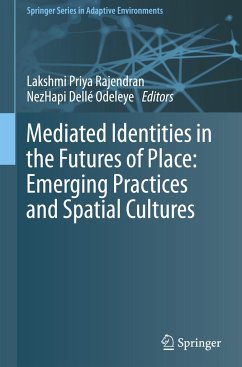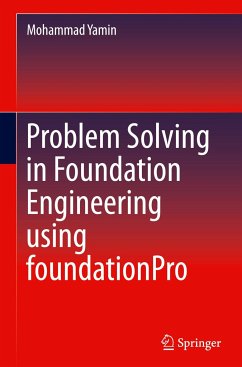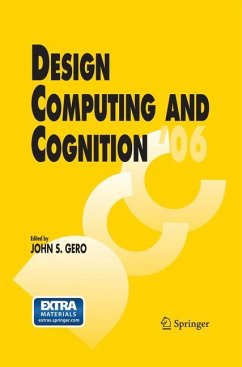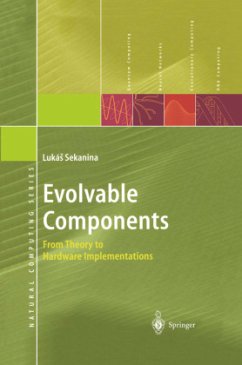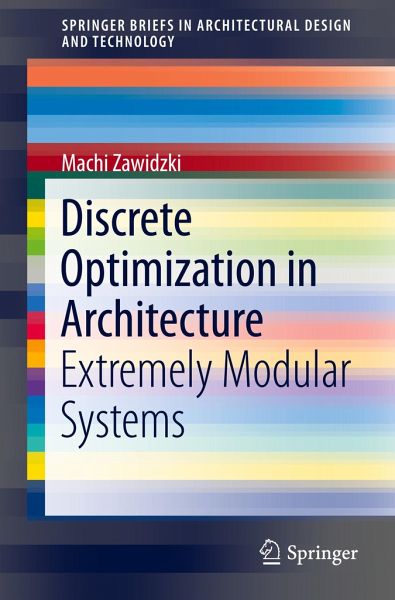
Discrete Optimization in Architecture
Extremely Modular Systems

PAYBACK Punkte
19 °P sammeln!
This book is comprised of two parts, both of which exploremodular systems: Pipe-Z (PZ) and Truss-Z (TZ), respectively. It presents severalmethods of creating PZ and TZ structures subjected to discrete optimization.The algorithms presented employ graph-theoretic and heuristic methods. Theunderlying idea of both systems is to create free-form structures using theminimal number of types of modular elements. PZ is more conceptual, as it formssingle-branch mathematical knots with a single type of module. Conversely, TZis a skeletal system for creating free-form pedestrian ramps and ramp networksamo...
This book is comprised of two parts, both of which exploremodular systems: Pipe-Z (PZ) and Truss-Z (TZ), respectively. It presents severalmethods of creating PZ and TZ structures subjected to discrete optimization.The algorithms presented employ graph-theoretic and heuristic methods. Theunderlying idea of both systems is to create free-form structures using theminimal number of types of modular elements. PZ is more conceptual, as it formssingle-branch mathematical knots with a single type of module. Conversely, TZis a skeletal system for creating free-form pedestrian ramps and ramp networksamong any number of terminals in space. In physical space, TZ uses two types ofmodules that are mirror reflections of each other. The optimization criteriadiscussed include: the minimal number of units, maximal adherence to the givenguide paths, etc.



